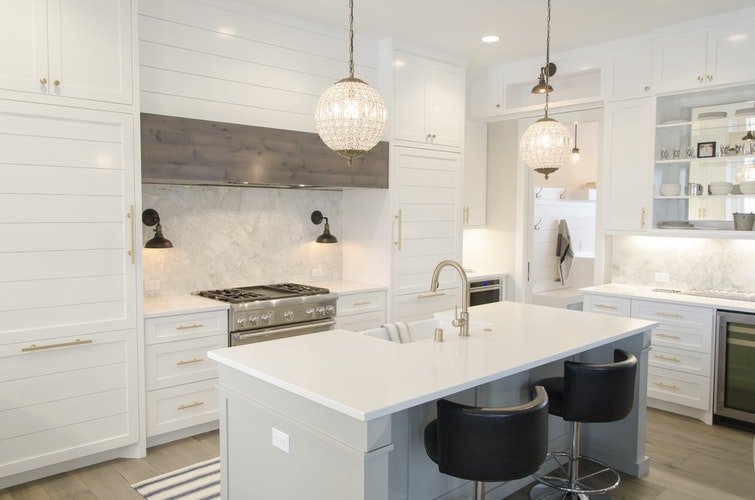Size, materials used, and customization that fits their preferences are usually factors that buyers take into consideration when they are looking for a bed, and why made to measure beds have become so popular. Once you have determined these factors, you can now proceed with choosing what types of mattresses you will need.
Different Types Of Mattresses You Can Buy
There are different types of mattresses you can buy from your end when you want to buy the best mattresses of your choices. Multiple types of mattresses you can buy from your end to make things happen in your favor.
Innerspring
An innerspring is a popular choice due to its affordability and availability on the market. The inside of the innerspring mattress contains a series of springs attached to a single unit, and the number of coils inside the mattress is equivalent to the quality of sleeping experience it can deliver. The drawback is the quick sagging, and the squeaky noises once the quality deteriorates over time.
Natural fibre
A mattress made of natural fibres is eco-friendly and comes with choices depending on your preference.
- Organic cotton. Sturdy enough to last for more than a decade.
- Organic Wool. Ideal for regulating the temperature.
- Hemp fibre. Uses vegan materials.
- Latex mattress. Makes use of fire-resistant material harvested from rubber trees.
Memory foam
It hugs every contour of the body, ensuring that the pressure points are safe and secured in place. Benefits of memory foam are as follows:
- Durable
- Supports proper spine alignment
- Can relieve and prevent body pain due to its characteristics of snuggling to the body.
- Doesn’t attract as much dust and mites, unlike other mattresses
The gel as a comfort layer
A recent innovation, it is the opposite of memory foam. It retracts to its original form every time the weight leaves its surface and lasts a long time without sagging and deformation.
Waterbed
If you’re interested in waterbeds and want to know if they are suitable for you, check the information below to see the pros and cons of this water-filled mattress.
Pros:
- There’s an option for full, partial or no movement.
- Waterbeds have adjustable temperature and firmness.
Cons:
- Regulating heat consumes electricity.
- The contents must be unloaded first before it is transported.
- Can be laborious when assembling for use.
Pillow top
Pillow top gives extra support and a level of comfort as it is placed on top of the mattress. It may be expensive but has the following known benefits:
- Cooling technology
- Washable
- Doesn’t suffer from deformation
Poly foam
Poly foam is the least expensive type of mattress that most customers prefer and buy. The pivotal component for sourcing quality poly foam is the density of the foam because it is the determining factor for durability. Due to the inorganic materials used for production, it won’t trigger allergic reactions which is a common problem with mattresses using organic products.
Hybrids
Hybrids are the combination of two types of mattress, which enhances the sleeping experience by giving the benefits of two cushions in one. The development aims to solve the underlying problems of both beds by combining them.
A good mattress is a key to having a proper sleeping experience. Choose the one you are most comfortable with and pick the best quality to avoid constantly replacing it.
Read Also:






















